Exhibitions
Create from Waste
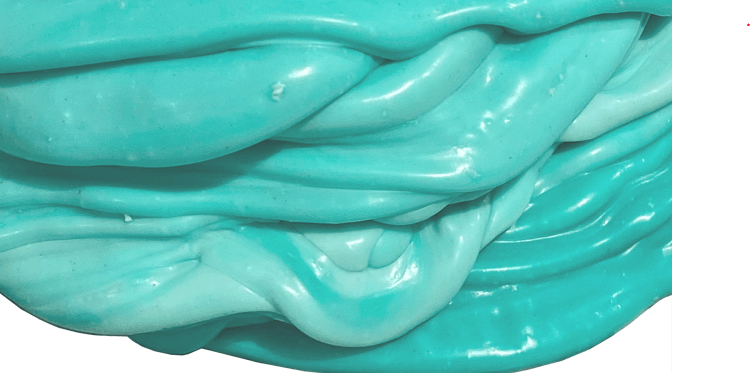
Waste design company and conscious creative agency Are You Mad is presenting its hyper local recycling experiment as an exhibition at this year’s London Design Festival. The exhibition is a continuation of the Are You Mad Carnaby Street Project that the agency worked on last Are You Mad Carnaby Street Project, for which it opened a shop made entirely from one high street’s plastic waste.
This year, artists and designers taking part in the exhibition already practice using waste materials. The added challenge is that their material source has been restricted to gathering materials from the busy shopping district of Soho, London.
Visitors can expect to see objects and pieces of furniture made from local waste, as the exhibition seeks to demonstrate creative solutions to the waste issues that we face on our high streets within restaurants, cafes, salons, clothing brands, record shops, photo developers and cinemas. Workshops will also be held throughout the week at the exhibition space focusing on different material recycling solutions, where members of the public will be able to use Are You Mad’s machines and leave with their own handmade products.
The free exhibition will take place from 18-24 September, running from 10:00 until 20:00 on the first day and from 10:00 until 18:00 on all other days. It is located in the Mayfair Design District at Recycling Centre, 99 Berwick Street, London, W1F 0QB.
The Fundamentals of Caring
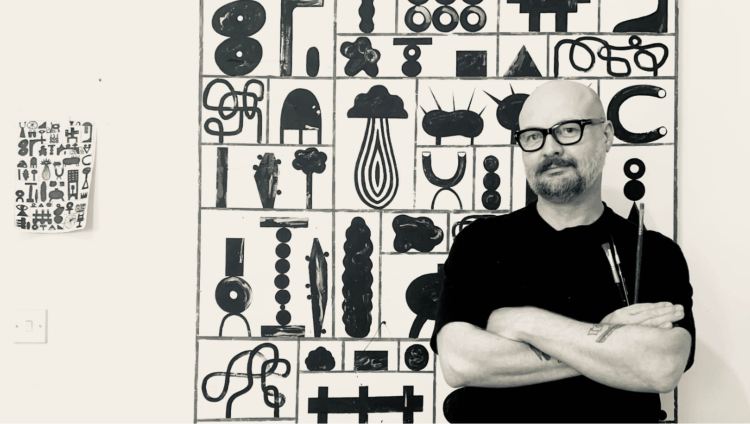
Curio Collection hotel Hart Shoreditch will host an immersive exhibition, designed in collaboration with the East London-based illustrator and artist James Daw. Fundamentals of Caring challenges the status quo of interior design, switching it for “a whimsical wonderland” with interactive elements.
Daw has also worked with 4D animator Lisa Sheehan and photographer and art assistant Anna Rotar on the exhibition. Each exhibit has been chosen and designed to connect with visitors and create a sensory experience.
Scents of metal, wood, and leather, crafted by Aromatise, will fill the space in the stairwell play pit, while ceramic art pieces inspired by Victorian bottles found in the area by Will Martin serving water.
The free exhibition will take place from 16-24 September, running from 7:00 until 23:00. It is located in the Shoreditch Design Triangle at Hart Shoreditch, 61 – 67 Great Eastern St, London, EC2A 3HU.
Spirit of Invention
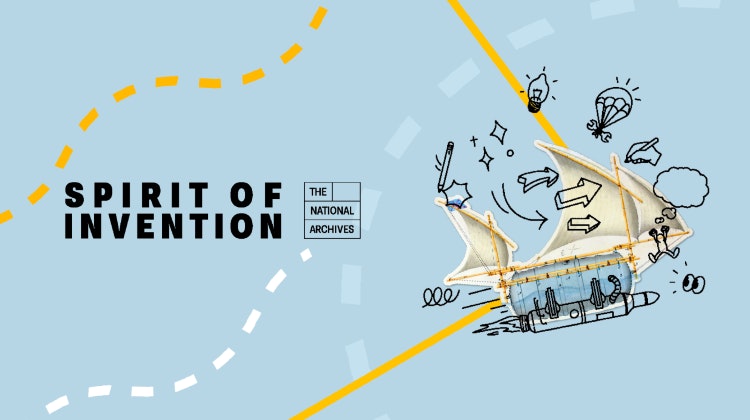
From original Victorian designs to more contemporary technological inventions, this exhibition will showcase creative designs registered with the Board of Trade from 1839 onwards and housed at The National Archives. In 1839, the Designs Registration Act introduced copyright protection for all “ornamental” designs in the UK, a protection which had previously only been in place for some textiles.
The Act prompted thousands of people to register their designs for wallpapers, metalwork, ceramics and glass, as well as the registration of countless creative inventions that utilised evolving technology in an era of rapid social change. The National Archives holds copies of these designs in the form of drawings, paintings, photographs and product samples, sent to the Designs Registry to be registered for copyright protection between 1839 and 1991.
Designs from the 19th and 20th century feature weird and wonderful inventions, from an aerial flying machine to an early attempt at a short-range telephone and a ventilating top hat. Other more contemporary highlights include a state-of-the-art necklace that changes colour to signal poor air quality, a portable washing machine that uses recycled shower water and a type of fabric engineered to expand as children grow.
The exhibition seeks to examine what drives people to innovate, what makes an inventor and how failure, hard work and tenacity underpin success.
The free exhibition will run from 16-24 September with opening times varying across the week. It is located at the National Archives, Bessant Drive, Surrey, London, TW9 4DU.
Trade shows and design fairs
London Design Fair
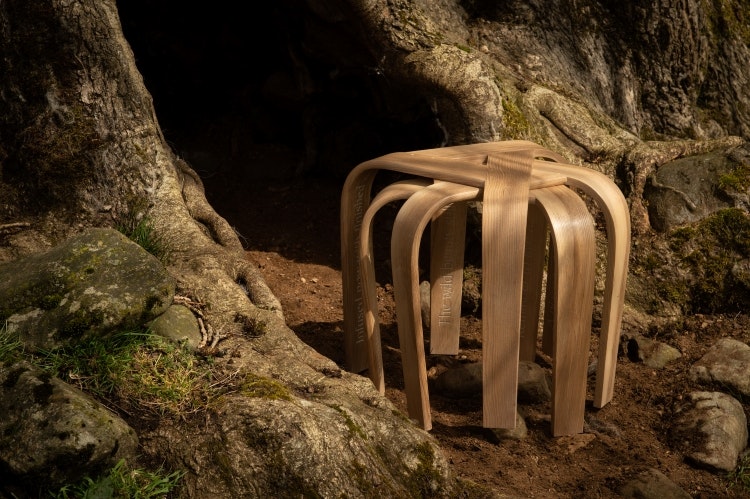
London Design Fair – the largest commercial exhibition at London Design Festival – returns for its 14th year to showcase a contemporary selection of creators, manufacturers, and brands working across multiple disciplines.
Homes with a Heart is a new element of the fair, curated by stylist, writer and consultant Roddy Clarke and presented in collaboration with the UK’s sustainable business community Blue Patch. It demonstrates a sustainably styled home which seeks to prove that you don’t have to compromise on aesthetics when opting for responsibly produced and manufactured products for the home. Brands involved in this area include Beuzeval Furniture, PLYable Design, Edward Bulmer Natural Paint, The Soho Lighting Co., and AARVEN.
Another new initiative at the 2023 edition is the Design Alumni Pavilion, which will showcase and support emerging talent within the design community. Contributors to this space will be recent graduates who have recently begun their career within their chosen practice of design. Confirmed exhibitors include Ian Burnell, lamunlamai. Craftstudio, MESEME Studio, Jenna Gillinger, Colección, Samia Hilal and Emily Hatton Surface Design.
London Design Fair is free for those working in the trade but can otherwise tickets can be bought online. It will run from 21 until 24 September, with opening times varying across the four days, and is in the Shoreditch Design Triangle at Truman BreweryBrick Lane, London, E1 6QL.
Material Matters
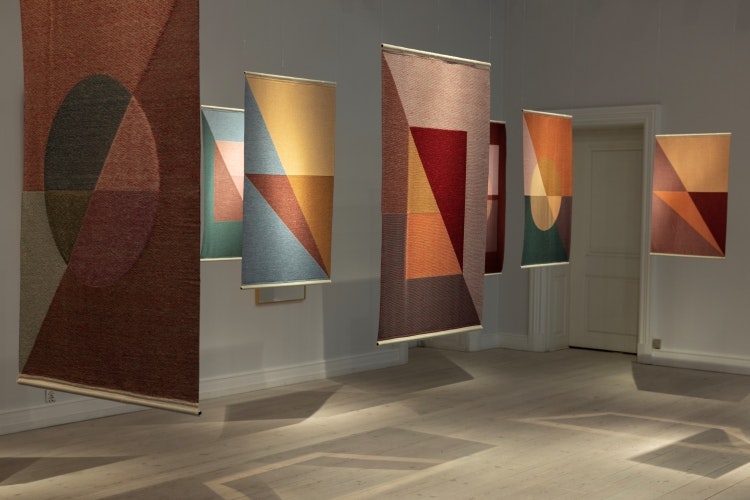
After making its debut last year, Material Matters 2023 will return to Bankside Design District to spotlight leaders across the design industry who are working to develop new and innovative ways of using materials. It also serves to demonstrate why material intelligence is so important to our collective futures.
At the entrance, visitors will see the Planted installation by Danish textile designer Tanja Kirst’s, which combines orange peel, seaweed and hemp into textiles while seeking to retain a premium aesthetic. This year’s headline sponsor, Bert Frank, will showcase their new Rinato lighting range.
Visitors will see experimentalist displays, some straight from research laboratories as well as a demonstration from clean-tech start-up company The Tyre Collective, showing its process for capturing and re-constituting rubber particles. Pearson Lloyd’s exhibition, Material Change, will investigate its own material and manufacturing choices over the past 15 years, reflecting on how the studio’s work has evolved to improve the circularity of the mass-produced products for which it is responsible.
The third floor of the fair is dedicated to market-ready, cleverly designed products that have a material focus and includes an area curated by Milan-based platform Isola. The fourth and top floor will house the event’s talk space and a roster of designers, makers and smaller manufacturers working with various innovative materials.
Material Matters is free but requires a ticket and will take place from 20 until 23 September, running 10:00 until 18:00 every day. It is located at Bargehouse Oxo Tower Wharf, Bargehouse Street, London, SE19PH.
Installations
Aura
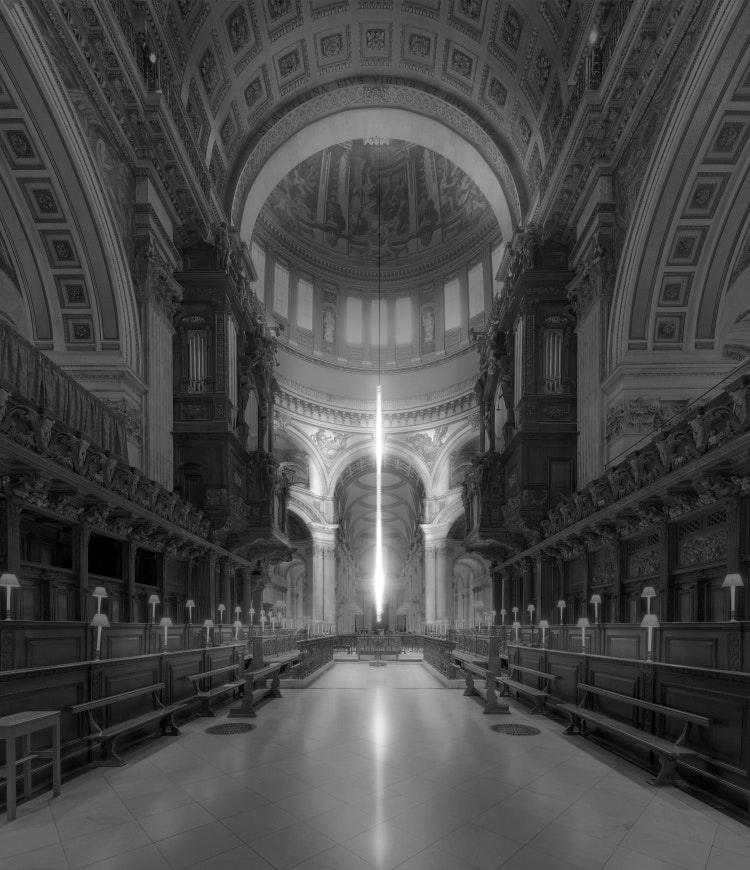
In exploration of the nature of contemporary rituals, Spanish artist Pablo Valbuena has designed a live installation that converts the sounds generated by voices and music inside St Paul’s Cathedral into a three-dimensional, pulsating beam of light. The projections are showcased at an architectural scale on the inside of the building’s cupola (or dome). It was designed to complement the original Sir Christopher Wren architecture and looks to introduce new ideas without disturbing the original design, according to the artist.
The free installation is open from 10:00 until 17:45 for most of the festival, with the exception of 17 and 24 September when it is open until 18:30.
Halo
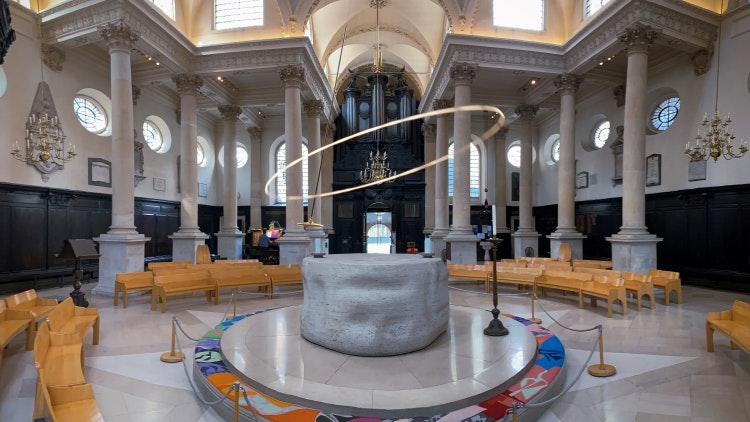
Within another architecturally acclaimed building designed by Wren, St. Stephen Walbrook Church, multidisciplinary art and design agency Studio Waldemeyer has installed the immersive Halo experience, which consists of two layers.
The first layer features a conical pendulum, designed to be carefully embedded with integrated lights and suspended from the apex of the church, tracing a celestial-like path around its altar. The marble altar was carved by artist Henry Moore in 1972 and the Halo installation looks to invite viewers into a shared space of contemplation and admiration.
Keeping with the celestial theme, the second layer of the installation involves the grand dome of the church, which we be lit with illuminations that take cues from natural phenomena, such as the aurora borealis and the sun’s corona.
The free installation is running from the 16 until 24 September with opening times varying on each day.

- Design disciplines in this article
- Industries in this article







